Bruno Sanfilippo; Endless Melancholy; Joe Evans
Throughout musical history, the pure and delicate sound of the piano has never really been out of style.
But still, recent years have seen a revival of (more or less) improvised piano music, most of them (more or less) introvert and (somewhat) melancholic in style. Here’s a selection of some of them that I thoroughly enjoyed recently:
BRUNO SANFILIPPO – PIANO TEXTURES 3
The title leaves no room for surprises. This album is all about piano, and it’s #3 in a series. (Those that want all of them may want to check out the box set including all three).
Bruno Sanfilippo, originally from Buenos Aires, but now living in Barcelona, is not exactly a newcomer in this musical area: he graduated the conservatory of Buenos Aires with a degree in musical composition (piano). This third part of Piano Textures follows the first two releases with the same title (2007/2009), but together these three releases are just a small part of his discography.

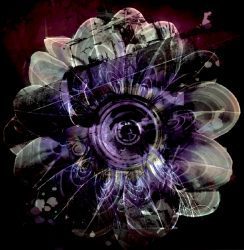


 MARCONI UNION –
MARCONI UNION – 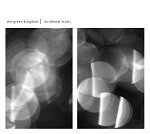
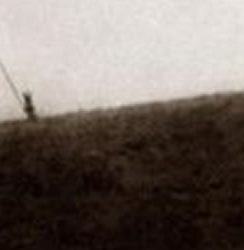
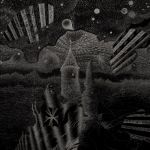
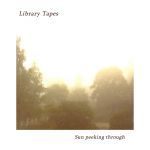
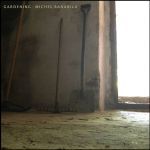
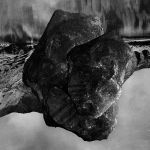
 l
l
 mp-s
mp-s st
st )
)